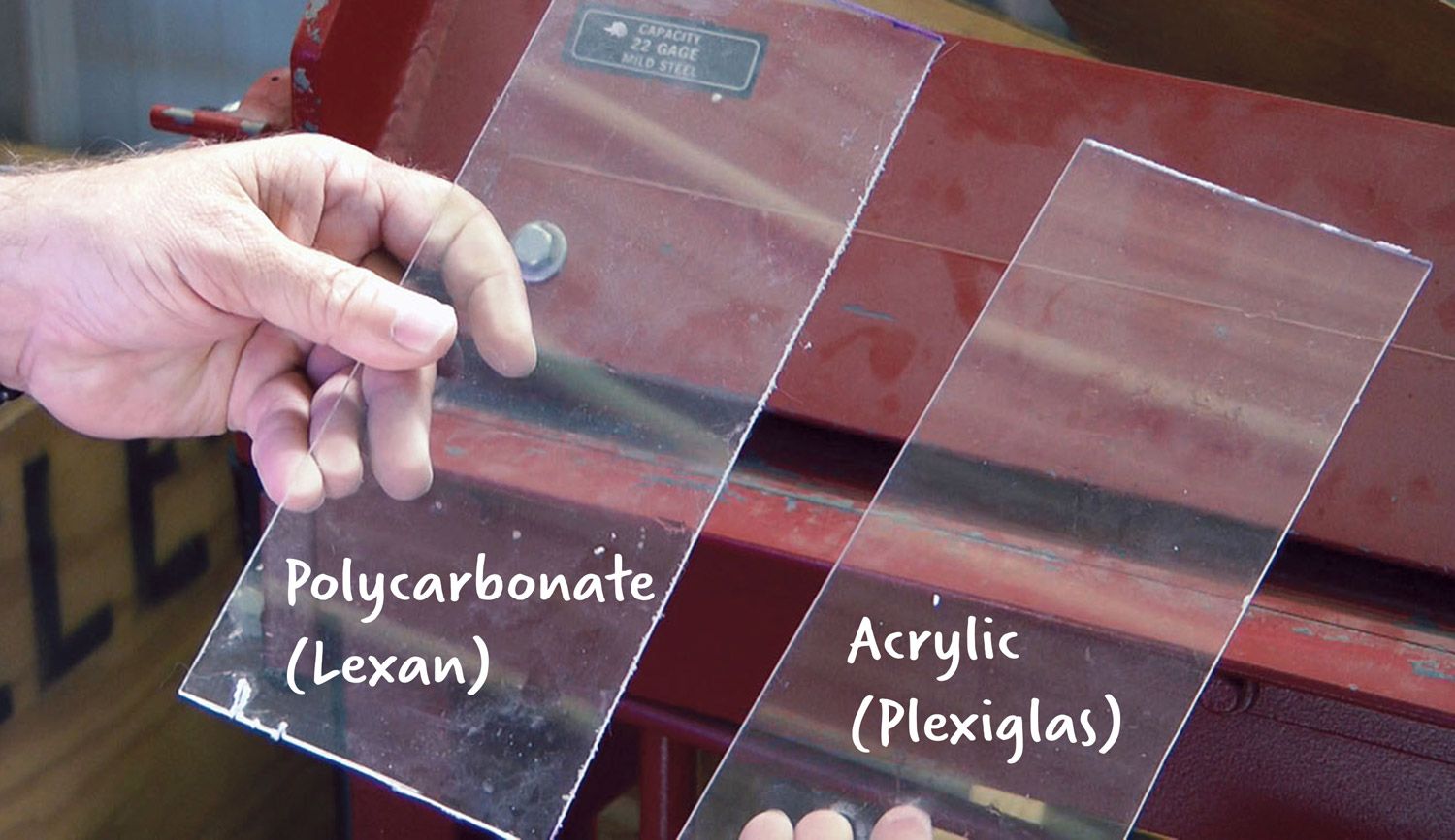
Take a close look at the windshield supplied with your kit aircraft. Can you identify the material it is made of? Of course it is not glass—that would be too heavy and fragile. There are two other materials that are commonly used for homebuilt windshields and windows: Lexan® and Plexiglas®. These are actually popular trade names owned by their respective manufacturers. If we identify the materials generically, Plexiglas is an acrylic product and Lexan is a polycarbonate product.
At first glance, it can be quite difficult to tell these two materials apart—especially if you hold a similar sized sheet next to each other. However, appearance is where the similarities end. Each material is made up of different chemicals that provide a range of competing physical attributes regarding strength, flexibility and scratch resistance to name a few. When it comes to choosing the better of these two materials for use as your windshield and windows, you can bet that compromise and judgment need to be employed to make that decision!
Both acrylic and polycarbonate are used by the popular kit manufacturers for windshields, demonstrating that there is no one best choice. Canopy bubbles used to enclose occupants on low-wing aircraft tend to exclusively be made of acrylic (Plexiglas). Maybe we can understand why this choice is made if we examine and compare the properties of these two plastics.
While there are all sorts of exceptions to the rules based on manufacturing processes and options, we can still generalize about these materials and at least be able to identify and care for these products. Just like glass, you don’t want to scratch or break your windshield if possible.
Strength: If I were to take a hammer blow to a windshield made of acrylic (Plexiglas), it would no doubt shatter into pieces in the area of the blow. The same action would not penetrate the polycarbonate (Lexan) material. In fact, polycarbonate is one of the key ingredients in bulletproof glass. It is nearly indestructible even when utilizing a thin gauge. This is one of its more useful properties.
Flexibility: If I were to place a sheet of acrylic (Plexiglas) in a bending brake and attempt to bend it, it would shatter immediately upon applying the least bit of pressure. It does not bend! Do the same with polycarbonate (Lexan) and you can easily bend the sheet and create a permanent crease. It is clearly flexible by any definition of the word.
Acrylic (Plexiglas) is formed by heating and using a variety of methods (vacuum forming) to impose permanent shapes—like a canopy bubble or a beautifully formed windshield. Polycarbonate (Lexan) is used for windshields by wrapping the flat, flexible sheet around the forward fuselage structure, resulting in smooth bends. As long as the sheet is cut to proper shape and size ahead of time, this makes installation quick and easy.
Scratch Resistance: Acrylic (Plexiglas) is much less prone to scratches than polycarbonate (Lexan). Also, acrylic lends itself to polishing for removing all but the worst damage from scratching.
Optical Clarity: Acrylic (Plexiglas) is the winner here. It makes for a clearer view with the least distortion even after forming. Polycarbonate (Lexan) will discolor in the sun (UV) over time. There are optional coatings with some brands that can control this.
Workability: For the untrained or novice builder, acrylic (Plexiglas) can be destroyed during installation. Its inherent brittleness means that aggressive drilling or handling can crack an expensive windshield or canopy. Even after installation, rivet or screw holes that are too tight can stress edges of the material and cause cracks to run through an entire piece. This can also result from summertime heat expansion. While polycarbonate (Lexan) is nearly immune to these issues, it does have a not so obvious weakness. Repeated exposure to gasoline (even drips) will destroy the material. When gasoline finds its way to the edges of the sheet (or rivet holes), cracks quickly develop. Don’t ask how I know that!
Because of these competing mechanical properties, the kit designer considers the best material for its intended use. And there can be design issues that we may not initially consider. For example, we might not want a canopy that cannot be broken for an emergency exit! Clearly understanding the limits and characteristics of the materials in your kit will make you a more informed builder and pilot.
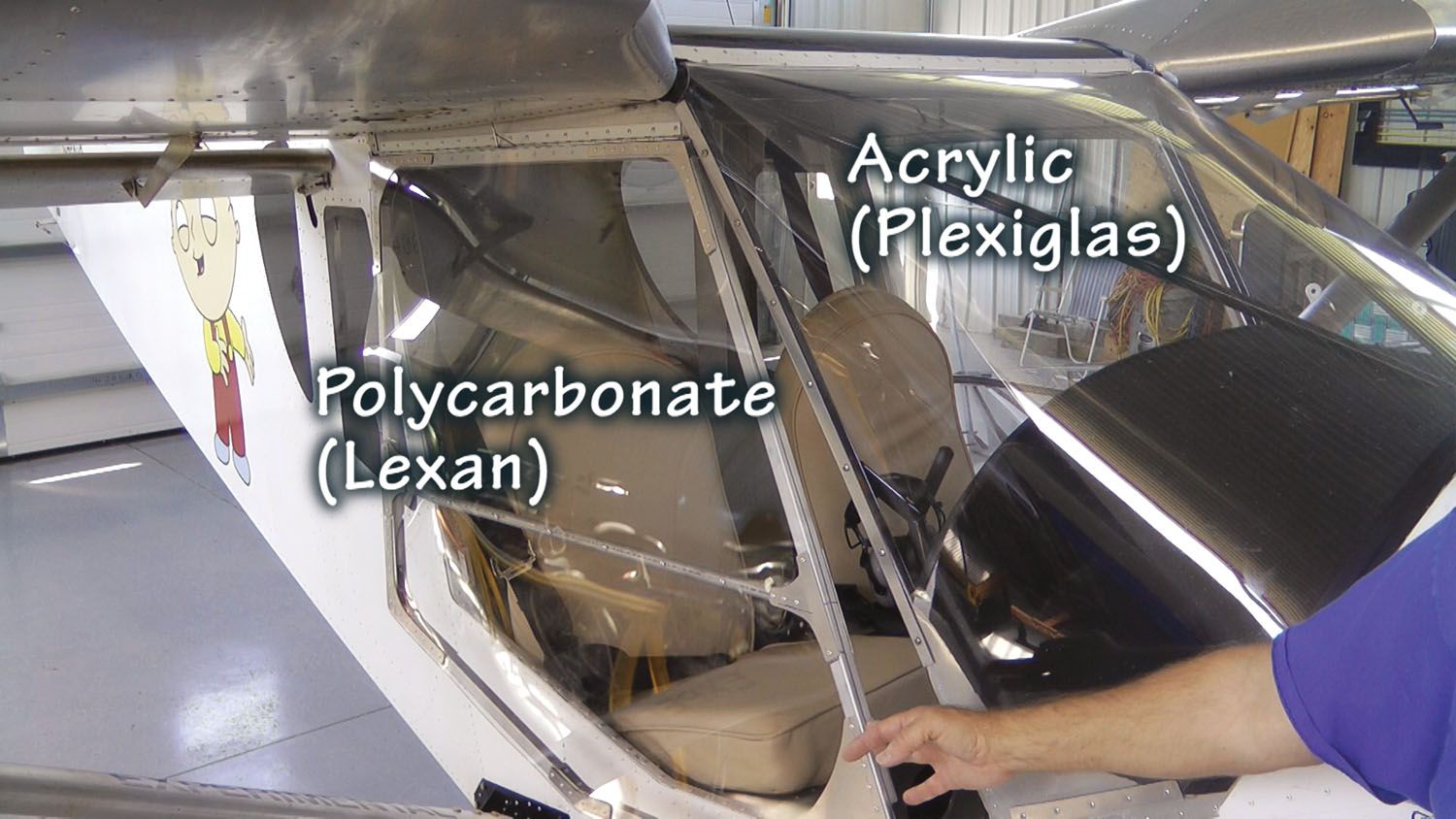








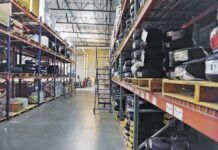


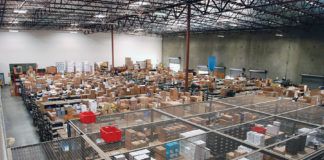
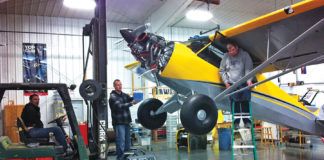
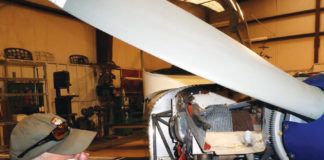
I believe you can get Lexan with a coating that makes it scratch proof. Whether that is available for aricraft, I do not know.
The coatings make the Lexan scratch resistant, but not scratch proof. I know because I’ve been wearing eyeglasses with polycarbonate lenses for many years, since that started getting thick enough the glass lenses were too heavy for my nose. And I have had to replace several pairs when I couldn’t see through them any more.